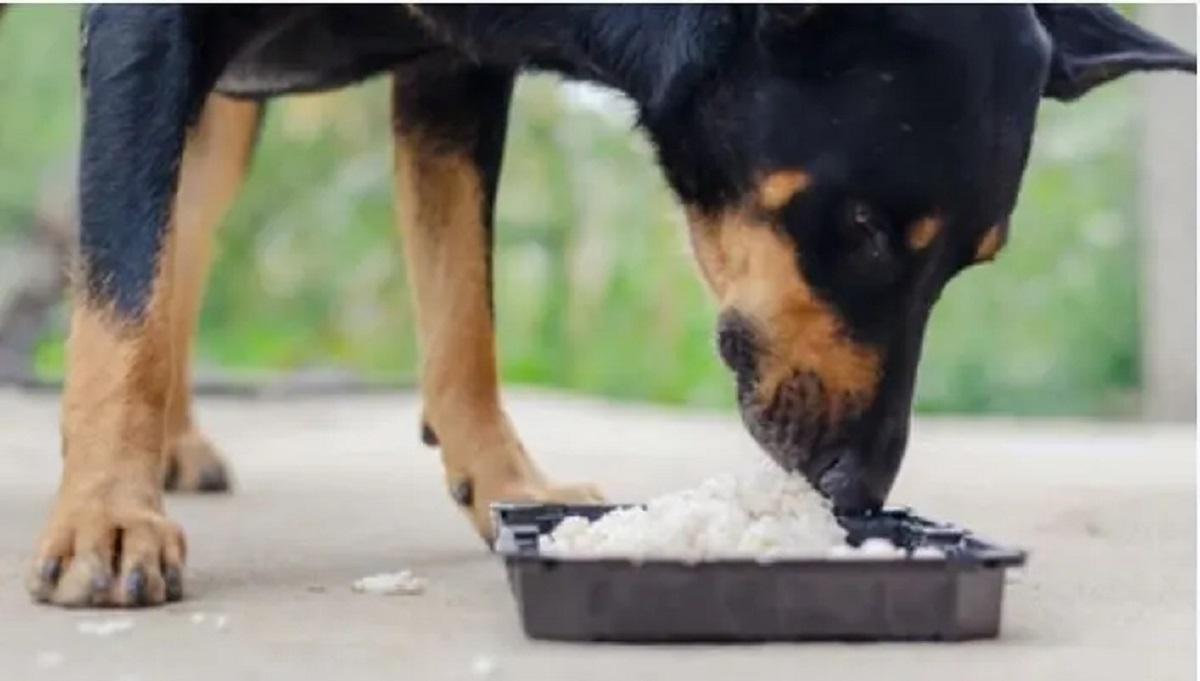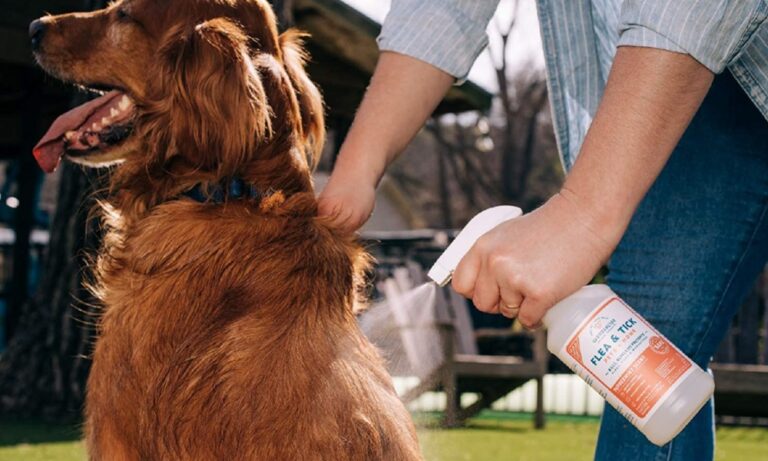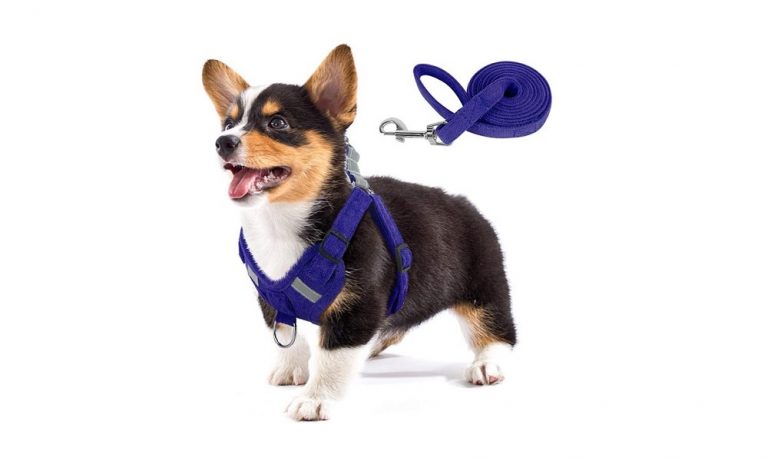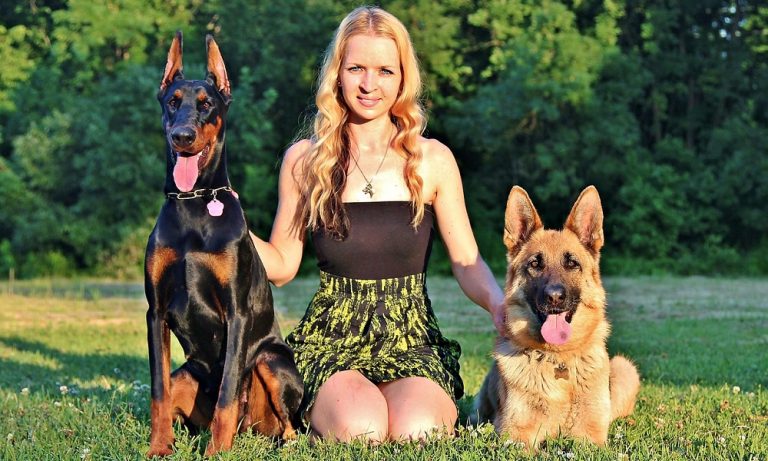Can Dogs Eat Microwave Rice?
Dogs can eat microwave rice if it’s plain and cooked without added ingredients. Ensure the rice has cooled before serving to avoid burns.
Microwave rice is a convenient option that, when served plain, can be a safe treat for your canine companion.
Preparing it without any spices, garlic, onions, or other additives makes it an appropriate snack for dogs in moderation.
Rice, a carbohydrate, can provide energy for active pets and helps settle an upset stomach.
It’s equally important to serve it in moderation, balancing it within a diet that meets all of a dog’s nutritional needs.
Introducing microwave rice as a part of a dog’s diet should be done gradually to prevent digestive issues.
Remember, the occasional rice treat should not replace a dog’s regular, balanced diet but can serve as a simple, occasional addition.
Benefits Of Microwave Rice For Dogs
Many dog owners often wonder if it’s safe to share their microwave rice with their furry friends. The good news is that, under the right circumstances, dogs can enjoy microwave rice as part of a balanced diet.
Let’s take a closer look at the benefits of this convenient food item for our canine companions.
Nutritional Value
Dogs require a diet rich in various nutrients to maintain their health.
Microwave rice can add value to your dog’s diet in moderation.
| Nutrient | Benefits |
|---|---|
| Carbohydrates | Energy source |
| Fiber | Digestive health |
| Proteins | Supports repair |
| Minerals | General well-being |
Choose brown rice for its higher fiber content. Make sure the rice is plain and cooked without harmful additives.
Convenience
- Quick to prepare: Saves time
- Easily stored: Keeps well in the fridge
- Portion control: Easy to manage servings
Microwave rice is not just tasty but also convenient for busy dog owners. Its quick cooking time means that a nutritious addition to your dog’s meal is just minutes away.
Remember to cool the rice down before serving to avoid burns.
Risks Of Feeding Dogs Microwave Rice
Many pet owners like to share their meals with furry friends, including convenient options like microwave rice. Yet, there are risks to consider before offering this human food to dogs.
This section explores those concerns with a focus on additives, preservatives, and sodium content.
Additives And Preservatives
Manufactured foods often contain substances that might not be safe for dogs. Here’s why:
- Artificial flavors or colors can cause allergies or reactions.
- Preservatives used to extend shelf life may disrupt a dog’s digestive system.
- The impact of these additives can vary from mild gastrointestinal upset to severe health issues over time.
Sodium Content
Rice from the microwave might seem harmless, but the sodium levels can be harmful:
| Dog’s Size | Safe Sodium Amount | Microwave Rice Sodium |
|---|---|---|
| Small | Less than 100mg/day | Often exceeds 200mg |
| Medium | Up to 200mg/day | May be double or more |
| Large | 300mg/day | Can surpass daily limits |
Excessive salt intake can lead to dehydration, high blood pressure, and even heart disease in canines. Always consider the long-term health of your pet before sharing microwave rice.
Understanding the full implications of feeding dogs microwave rice is crucial. Pay attention to each label and consult with a vet if unsure about safe food options for your four-legged friend.
Alternatives To Microwave Rice For Dogs
Do you often find yourself microwaving rice for your furry friend? While it’s a quick fix, there are healthier alternatives to consider. Let’s explore some nutritious and dog-friendly options.
Homemade Rice
Preparing homemade rice guarantees a safe meal for your dog. White or brown rice, boiled in water until soft, serves as a simple, digestible dish. Keep it unseasoned and ensure it’s cool before serving.
- Step 1: Rinse rice thoroughly to remove excess starch.
- Step 2: Use a 2:1 water-to-rice ratio and bring to a boil.
- Step 3: Simmer for 20-30 minutes until tender.
- Step 4: Let it cool down.
Raw Diet Options
For a grain-free diet, consider raw diet options tailored for dogs. Introduce a balanced mix of raw meat, bones, and vegetables to your dog’s diet for a natural approach.
| Food Type | Examples | Benefits |
|---|---|---|
| Raw Meat | Chicken, Beef, Lamb | Rich in protein |
| Raw Bones | Chicken necks, marrow bones | Calcium and dental health |
| Veggies | Carrots, Broccoli | Fiber and vitamins |
Before switching, consult a vet to ensure a balanced diet. Measure portions based on your dog’s size and energy levels.
Consulting A Veterinarian Before Feeding Microwave Rice
Thinking of sharing microwave rice with your furry friend? Consult a vet before doing so. While it might seem like a safe treat, dogs have different dietary needs.
Let’s discuss why professional advice is crucial before introducing microwave rice into your dog’s diet.
Importance Of Professional Advice
Every dog is unique with specific health requirements. Consulting a veterinarian helps ensure that microwave rice won’t harm your pet. Vets can identify potential risks such as:
- Allergies
- Digestive issues
- Nutritional imbalances
Risks can vary based on the dog’s age, breed, and health status. A vet’s guidance is key in making the right choice for your pup’s health.
Customizing Diet Plans
Tailoring your dog’s diet is essential in providing optimal nutrition. A vet can design a custom diet plan that may include or exclude microwave rice based on:
- Your dog’s current diet
- Their energy levels
- Any ongoing treatments
Balance is critical; the right plan can promote your dog’s overall well-being. Trust a veterinarian to craft a plan that suits your dog’s specific dietary needs.
Introducing Microwave Rice To A Dog’s Diet
Can dogs eat microwave rice? Yes, dogs can enjoy this human staple in moderation. Microwave rice can be a light and easily digestible snack for your furry friend.
It’s a good source of carbohydrates and can provide a quick energy boost. Yet, it’s essential to introduce it correctly to avoid any digestive issues.
Here’s how to make this transition smooth and safe for your dog.
Gradual Transition
Starting with a small amount is key. Mix a tablespoon of cooked microwave rice with their regular food.
This method ensures your pet’s digestive system slowly acclimates to the new food.
Over the next few days, gradually increase the amount if no adverse reactions occur.
- Day 1: 1 tbsp of microwave rice
- Day 2: 2 tbsp of microwave rice
- Day 3: 3 tbsp of microwave rice, and so on
Monitoring Health Effects
Keep a close eye on your dog’s reaction to microwave rice. Signs of a good reaction include normal energy levels and regular bowel movements.
Alert for any negative effects such as vomiting or diarrhea. If these occur, stop giving rice and consult a vet.
Important: Only give plain, cooked microwave rice. A dog’s sensitive stomach may not tolerate butter, salt, or spices well.
Always cool the rice to avoid burns or discomfort.
| Day | Rice Amount | Signs to Monitor |
|---|---|---|
| 1-3 | 1-3 tbsp | Energy levels, bowel movements |
| 4-7 | 4-7 tbsp | Vomiting, diarrhea, any discomfort |
Conclusion
Feeding your dog microwave rice is generally safe if done occasionally and in moderation. Remember, plain rice is better than flavored varieties, which may contain harmful additives.
Always consult your vet for personalized advice, ensuring your pup’s diet supports their health and happiness.
Frequently Asked Questions
Can I Give A Dog Microwave Rice?
Yes, dogs can eat microwave rice, but ensure it’s plain and cooked properly. Avoid any added seasonings or oils for their safety. Always introduce new foods gradually to monitor for allergies or sensitivities.
Is Instant Rice Ok For Dogs?
Instant rice is generally safe for dogs in small, infrequent amounts. Always serve it plain and fully cooked; never feed raw or seasoned to avoid health issues.
Can Dogs Eat Bagged Rice?
Yes, dogs can eat plain, cooked bagged rice, which is a common ingredient in many dog foods due to its ease of digestion and low risk of allergies. Always serve in moderation.
Can Dogs Eat Microwave Egg Fried Rice?
Dogs can eat plain cooked rice, but microwave egg fried rice often contains additives like onion and garlic, which are toxic to dogs. It’s best to avoid giving it to your pet.




